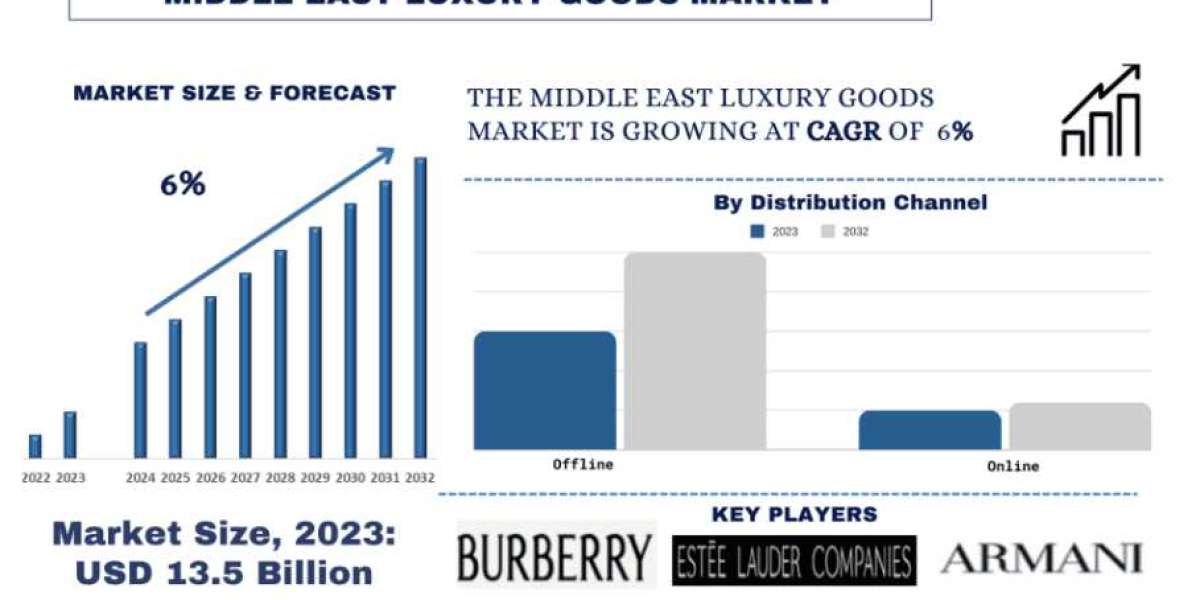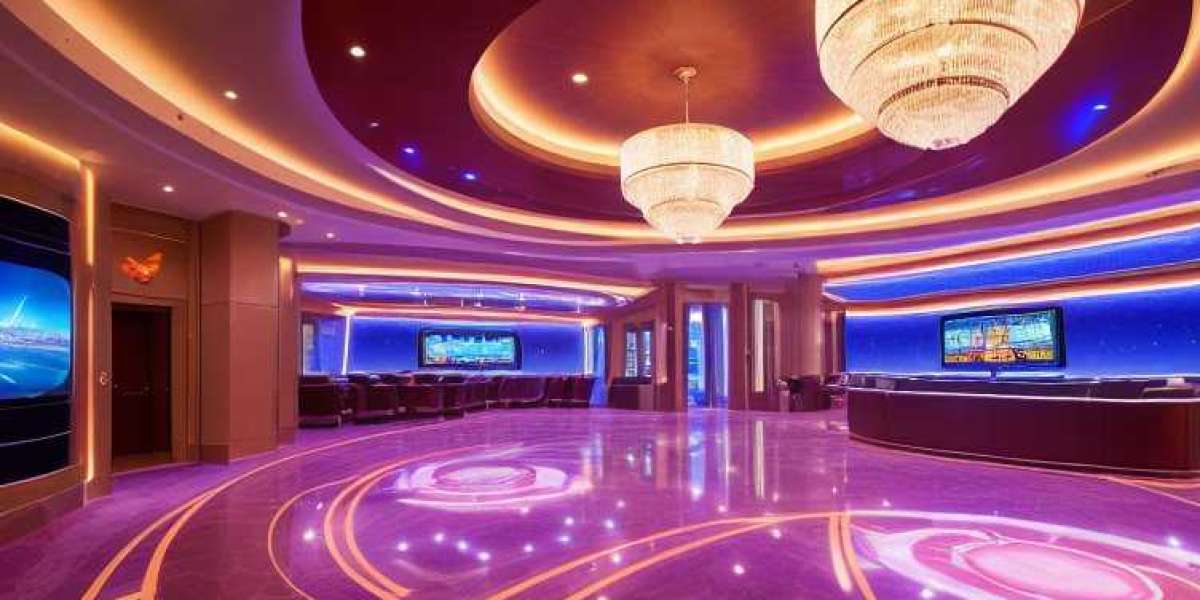According to the UnivDatos analysis, the rise of e-commerce has been a primary driver of the Luxury Goods market. As more consumers shop online, there is an increasing demand for efficient and timely delivery of goods to their doorstep. The rising e-commerce trend will effectively boost the Middle East Luxury Goods market. As per their “Middle East Luxury Goods Market” report, the global market was valued at USD 13.5 Billion in 2023, growing at a CAGR of 6 % during the forecast period from 2024 - 2032.
The Middle East, known for its rich history and vibrant culture, has emerged as a hub for luxury and extravagance. The region offers a playground for the affluent and discerning consumer, from luxurious fashion boutiques to opulent hotels and resorts. The key trends and opportunities are discussed below:
Key Trends
· Shift Towards Experiential Luxury: Middle Eastern consumers increasingly seek unique experiences over material possessions. Luxury brands respond by offering exclusive experiences, such as personalized shopping services, VIP events, and bespoke products. Example: The Armani Hotel in Dubai offers guests a luxurious and customized experience, from its designer interiors to gourmet dining options, catering to the region's demand for experiential luxury.
· Digitalization and E-commerce: The Middle East has seen rapid growth in e-commerce, especially in the luxury goods sector. Consumers increasingly turn to online platforms to purchase luxury items, driving brands to enhance their digital presence. Example: Ounass, a luxury e-commerce platform in the Middle East, offers a curated selection of high-end fashion and beauty brands, providing customers with a seamless online shopping experience.
· Sustainability and Ethical Consumption: There is a growing awareness and demand for sustainable and ethically sourced luxury goods in the Middle East. Consumers seek products that align with their values, driving brands to adopt sustainable practices. Example: The UAE-based luxury brand Tamashee creates handcrafted footwear using sustainable materials and supports local artisans, resonating with consumers' desire for ethical luxury.
· Influence of Social Media: Social media influencers significantly shape consumer trends in the Middle East. Luxury brands often seek out influencers with large followings to promote their products. Example: Huda Kattan, a Dubai-based beauty influencer, has collaborated with luxury brands like YSL Beauty and Charlotte Tilbury, showcasing the influence of social media in the region.
Access sample report (including graphs, charts, and figures)- https://univdatos.com/reports/middle-east-luxury-goods-market?popup=report-enquiry
Opportunities
· Personalization: There is a growing demand for personalized luxury goods and services in the Middle East. Brands that offer customization options, such as monogramming or bespoke tailoring, have the opportunity to attract affluent consumers. Example: Louis Vuitton's "Now Yours" personalization service allows customers to customize select products with their initials, appealing to the region's desire for exclusivity.
· Digital Innovation: The Middle East's tech-savvy consumers present an opportunity for luxury brands to innovate digitally. Augmented reality (AR) shopping experiences, virtual try-on tools, and immersive online platforms can enhance the customer experience. Example: The Dubai Mall's Virtual Store allows shoppers to browse and purchase products from luxury brands using a virtual reality headset, showcasing the potential for digital innovation in the region.
· Luxury Travel and Tourism: The Middle East is a hub for luxury travel, with cities like Dubai and Abu Dhabi attracting affluent tourists from around the world. Luxury brands can capitalize on this by offering exclusive travel experiences and collaborations with luxury hotels. Example: The Burj Al Arab in Dubai offers guests a luxurious stay in one of the world's most iconic hotels, providing opportunities for luxury brands to partner and showcase their products to affluent travelers.
Conclusion
The Middle East luxury goods market is a dynamic and evolving landscape driven by changing consumer preferences and digital advancements. Brands that understand and adapt to these trends can thrive in this lucrative market, where luxury is a product and a way of life. Contact UnivDatos, a rapidly growing dynamic market research firm led by a core of dedicated professionals, for further information.
Contact Us:
Email - contact@univdatos.com
Website - www.univdatos.com










